Members of Congress call on NASA inspector general to investigate Goddard Space Flight Center as agency defends campus closures: Exclusive
"If this is how the agency handles one of its most high-profile flagship missions, how many other missions are in imminent danger of being irrevocably lost?"
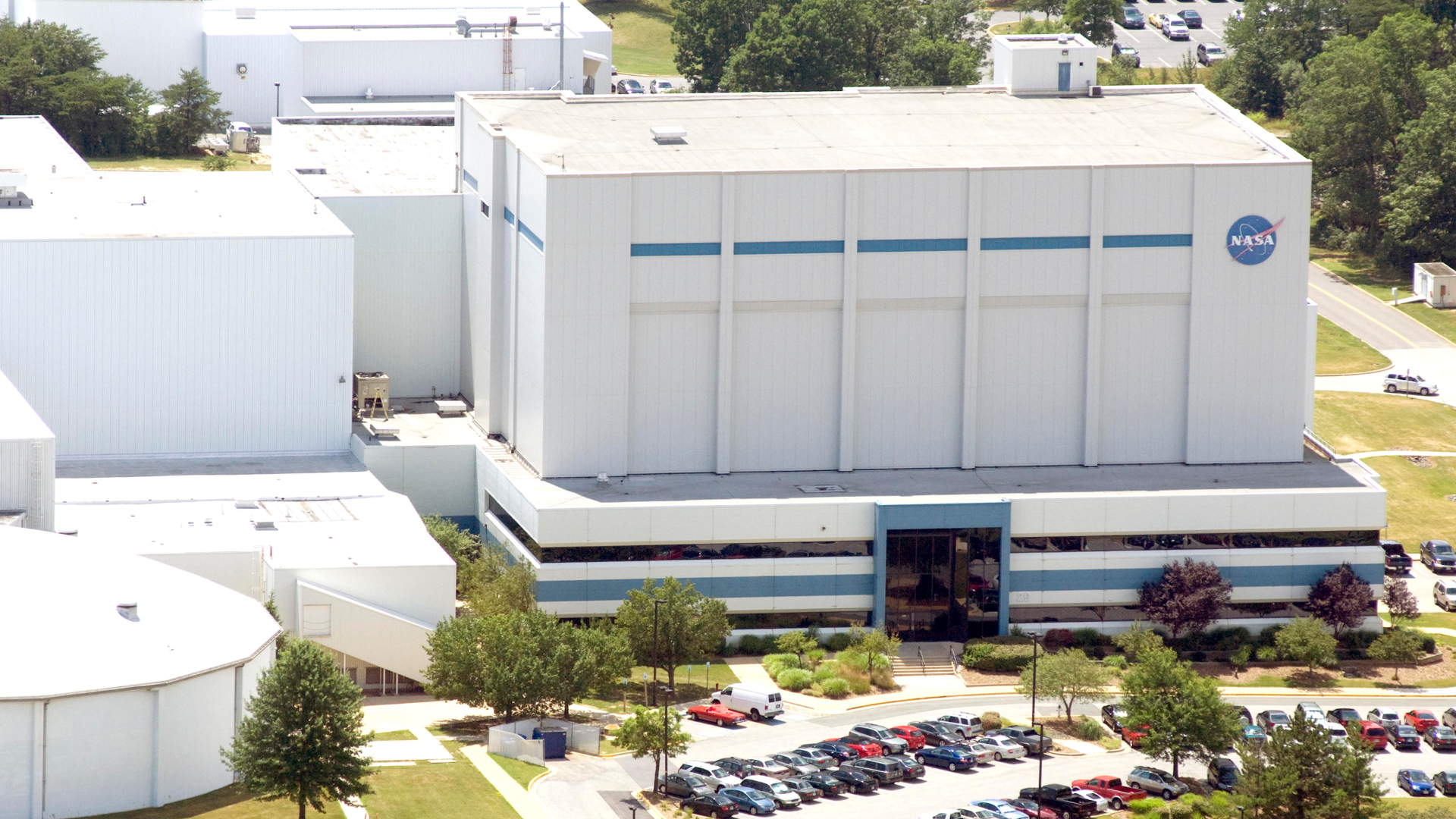
The fight over NASA's premier center for space and Earth sciences trudges on, as lawmakers on Capitol Hill call for a formal investigation into the closing of critical campus facilities during the government shutdown.
In a letter sent today (Nov. 21), Rep. Zoe Lofgren, a top Democrat on the House Science, Space, and Technology Committee, and 15 other members of Congress, ask NASA's Office of Inspector General (OIG) to begin an audit into ongoing lab closures and relocations at NASA's Goddard Space Flight Center in Greenbelt, Maryland, that began in September. The letter cites past Space.com reporting and NASA employee accounts that assert NASA's actions are causing irreparable harm to critical projects and are crippling the center's ability to fulfill its mission.
The request follows a Nov. 10 notice Lofgren sent to NASA, informing the agency of her intent to call for the OIG investigation. Today's letter was delivered despite a Nov. 14 response to that notice from Goddard Acting Director Cynthia Simmons and the associate administrator for NASA's science mission directorate, Nicola Fox, who told Lofgren the "assertion that Goddard is being shut down or dismantled … could not be further from the truth" and framed the consolidation as long-planned and fiscally necessary.
The Nov. 21 letter was co-signed by Ranking Member on the Subcommittee on Space and Aeronautics Rep. Valerie Foushee (D-North Carolina), Ranking Member on the Subcommittee on Investigations and Oversight Rep. Emilia Strong Sykes (D-Ohio), Rep. Suzanne Bonamici (D-Oregon), Rep. Haley Stevens (D-Michigan), Rep. Deborah Ross (D-North Carolina), Rep. Andrea Salinas (D-Oregon), Rep. Gabe Amo (D-Rhode Island), Reb. Suhas Subramanyam (D-Virginia), Rep. Luz Rivas (D-California), Rep. Sarah McBride (D-Delaware), Rep. George Whitesides (D-California), Rep. Laura Friedman (D-California), Rep. April McClain Delaney (D-Maryland), Rep. Josh Riley (D-New York) and Rep. Bill Foster (D-Illinois).
Addressed to OIG Senior Official Robert Steinau, lawmakers ask the OIG to "initiate a formal audit of NASA's management of the Goddard Space Flight Center," with a particular focus on the relocation and closure of buildings, labs, facilities, equipment and personnel on the main Greenbelt campus.
They argue that recent actions are "degrading Goddard's scientific and technical capabilities" and may be "inflicting long-term damage on Goddard's ability to carry out its responsibilities and NASA's ability to carry out the responsibilities that have been given to it by Congress." They ask the OIG to examine who made key decisions behind the recent relocations. They also want the Office to determine those persons' motivations and how they compare with the 2017-2037 Master Plan — designed to guide the center through a gradual 20-year reshaping of the campus — and whether shutdown-period actions complied with NASA's requirements for documenting directives and handling government property.
Lofgren calls Goddard's Master Plan a "holistic roadmap," and acknowledges the need for the center to undergo renovations. Indeed, many of the buildings in question were already operating with only about 40% of their spaces being utilized, with several in various states of disrepair and leaky roofs or unreliable climate control systems, NASA officials say.
Breaking space news, the latest updates on rocket launches, skywatching events and more!
"The Master Plan's 20-year time horizon for implementation was a necessary concession to the complexities of the task and the importance of acting in a prudent and thoughtful manner without creating unacceptable risks and costs for Goddard's scientific and technical capabilities," the letter says — but adds that is not what is taking place in Greenbelt.
A Sept. 22 email from Goddard leadership, obtained by Space.com, informed employees that portions of that plan — for example, the shuttering and divestment of up to 13 major facilities on the Greenbelt campus — would be accelerated for completion by March 2026. Once the U.S. federal government closed for business on Oct. 1 and more than 15,000 NASA employees were put on furlough, select staffers at Goddard were granted temporary "excepted" status to return to work and pack up their office and laboratory spaces for relocation — a possible violation of the Anti Deficiency Act, according to some employees.
"What is happening right now at Goddard is not prudent, thoughtful, in good faith or rational," the lawmakers write in the letter. "Goddard's challenges are real, but we are hard-pressed to see any justification suggesting a sudden crisis that requires drastic and chaotic intervention on a timeline of months, weeks or days. Yet that is what NASA claims in order to justify the actions of recent months, and the actions that apparently will continue for the foreseeable future."
Several facilities across Goddard's campus have been impacted since September, including Buildings 6, 11, 19, 20, 30 and 32. Internal accounts describe hectic conditions and constrained deadlines to pack up mission-critical equipment and personal belongings for relocation, sometimes without suitable destinations, as happened with one cleanroom that supports NASA's Nancy Grace Roman Space Telescope, the contents of which were not appropriately stored while awaiting a new location assignment, according to people familiar with the situation.
Meanwhile, millions of dollars worth of hardware — 3D printers, specialized components, whole laboratories and chambers designed for testing spacecraft that occupy entire rooms — are all being marked to be donated or thrown away.

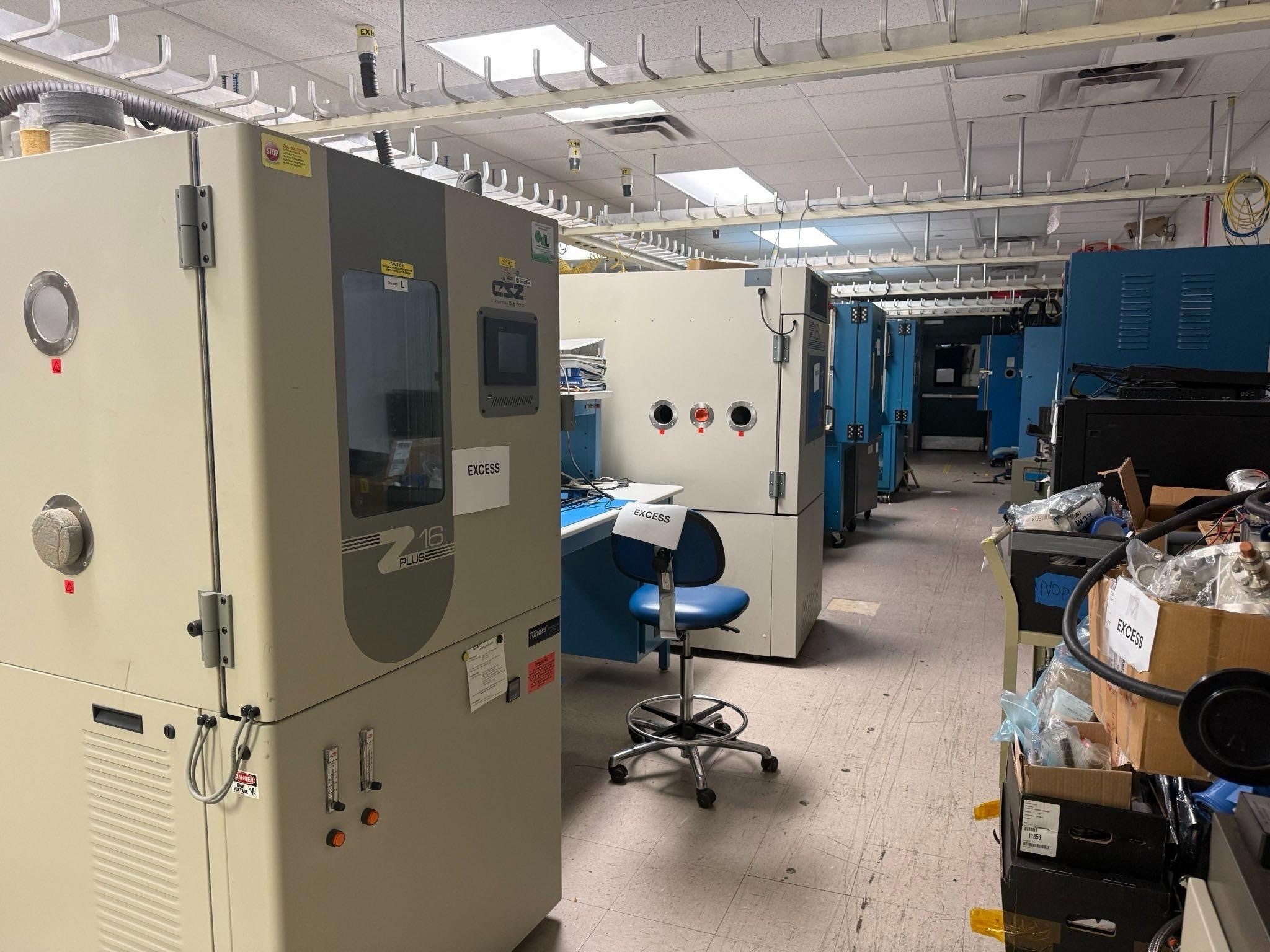
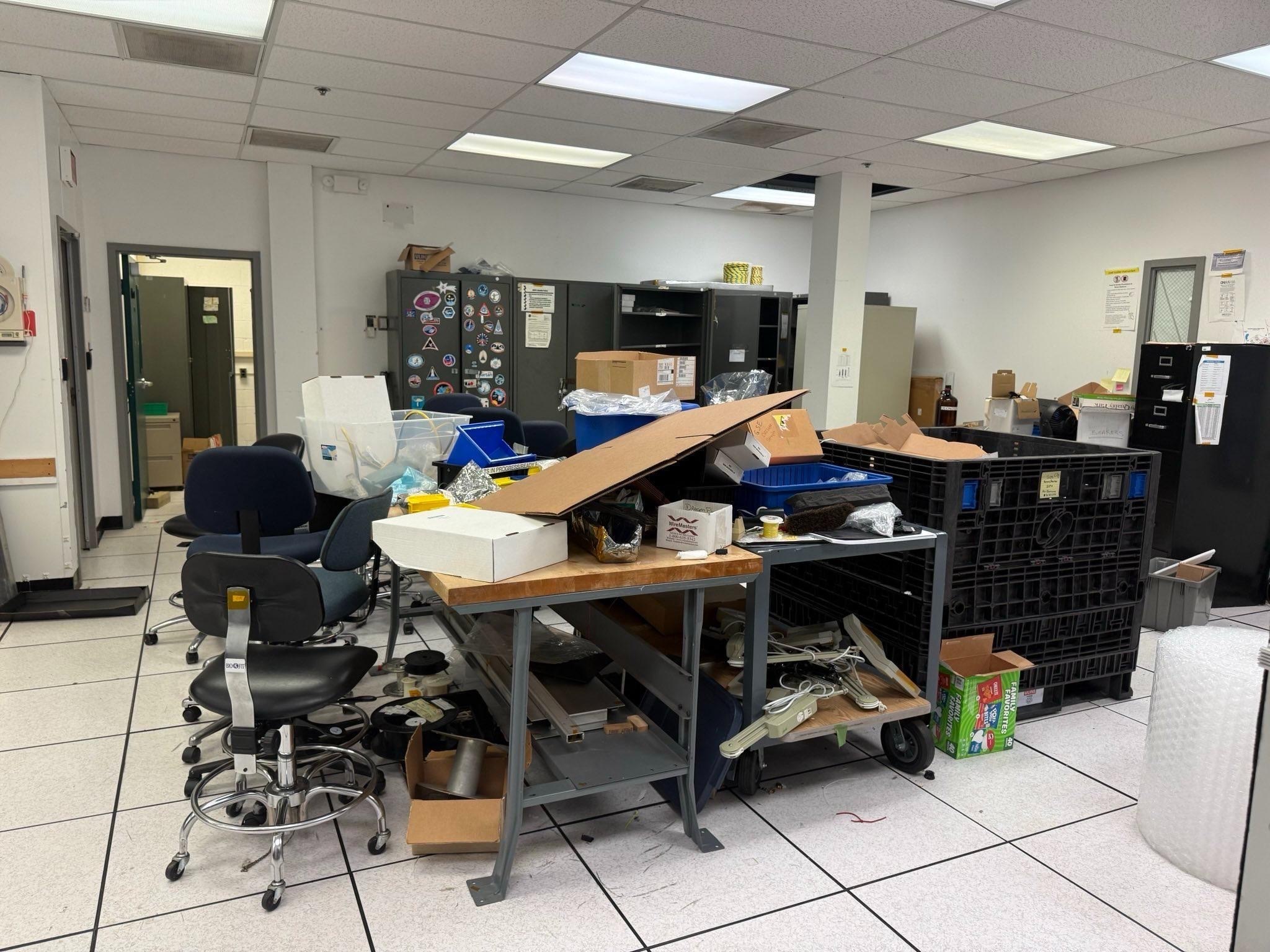

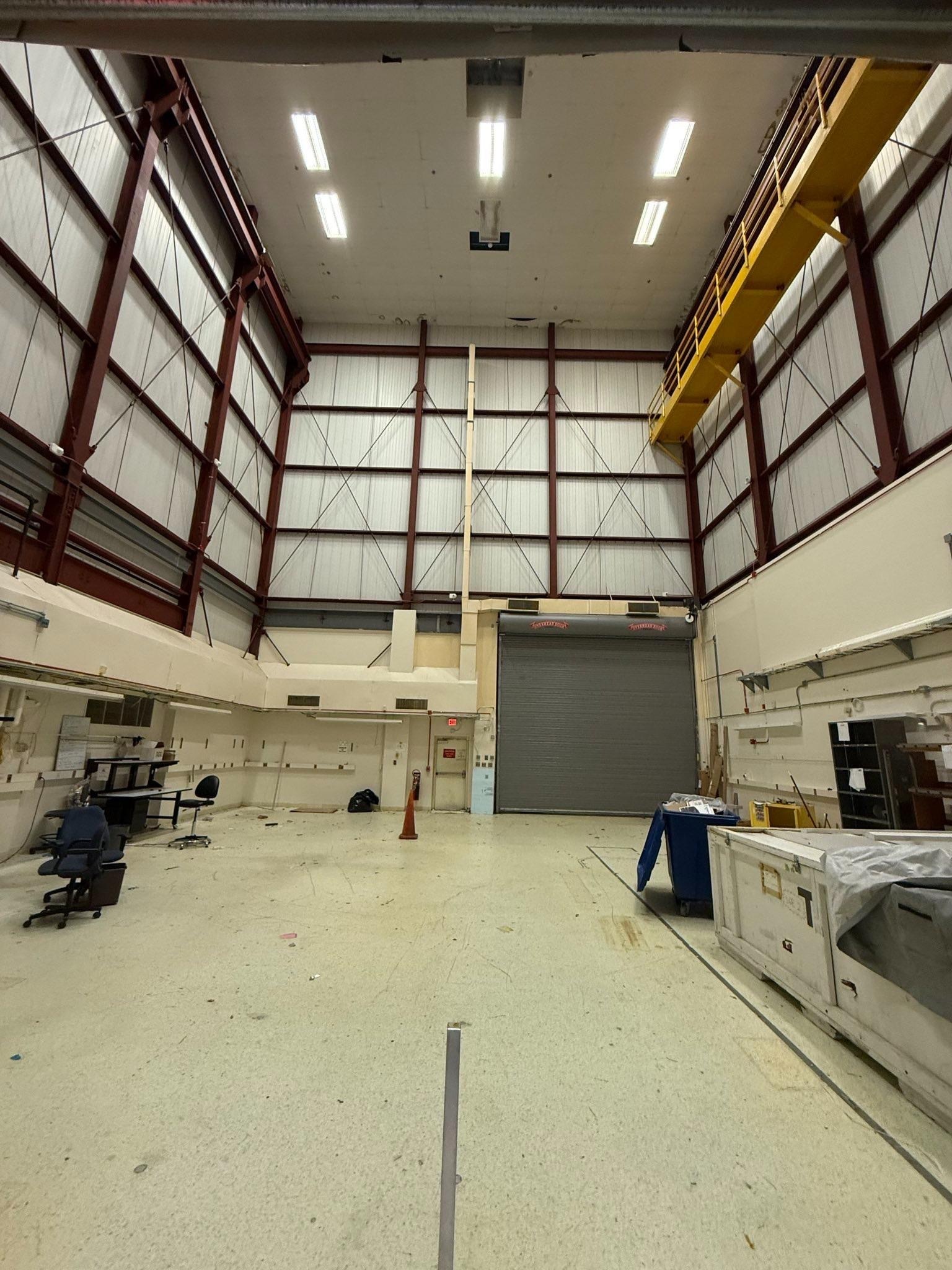
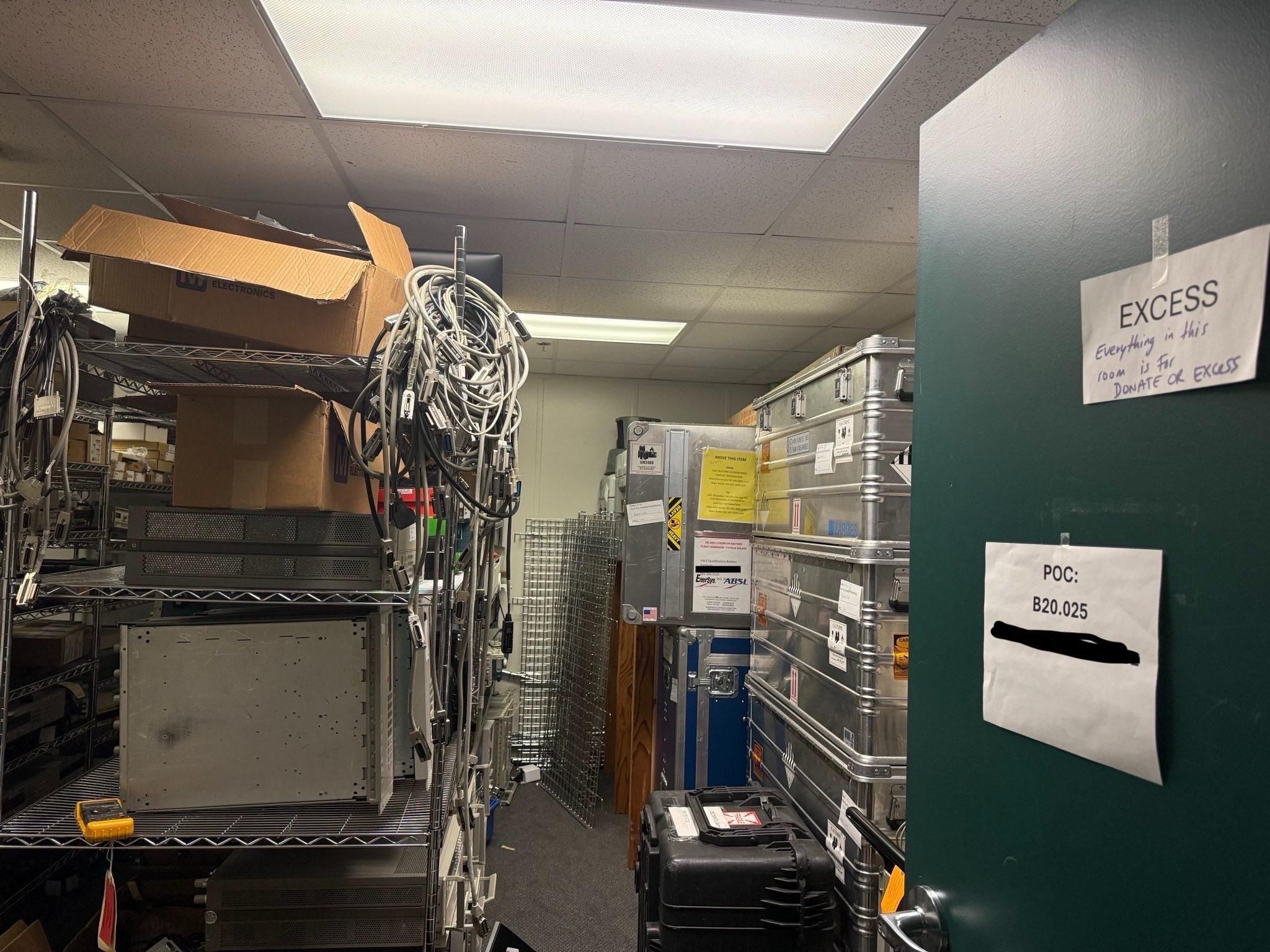
"I saw [contracted movers] basically pack up people's offices who weren't there and throw things in conference rooms," a Goddard engineer who worked at the Greenbelt campus during the shutdown told Space.com on the condition of anonymity. In many cases, according to the engineer, these moves were carried out without adequate communication to the employees being directly affected.
Multiple center staff members told Space.com that directions were frequently delivered verbally, with little formal documentation, and that some furloughed workers were given little notice to retrieve hardware and personal items before movers arrived.
A week after hearing word-of-mouth news about some potential "fairly small" moves in their own office during the government shutdown, the engineer we spoke with said movers suddenly showed up without warning.
"I see massive moving trucks and huge piles of boxes and movers moving," they said. "I locked my door and I locked my manager's door; otherwise, they were just throwing stuff out of rooms. I didn't know what was going on."
Lawmakers call such haphazard correspondences "alarming."
"Goddard management's communications to the Goddard workforce regarding closures and relocations during the government shutdown were erratic and highly irregular," the letter to NASA OIG states. "The designation of excepted activities appears to have shifted arbitrarily over the course of the shutdown."
The letter puts a spotlight on Building 11, which houses a propulsion lab, cleanroom and flight storage space supporting Roman and NASA's Dragonfly mission — a helicopter-drone probe designed to explore Saturn's largest moon Titan that's scheduled to launch in July 2028.
Before the March 2026 Master Plan acceleration, scientists and engineers attached to those missions expected to remain in their facilities uninterrupted until Roman's scheduled transportation to its launch site in July 2026. But they received notice the week of Nov. 3 that they had just four business days to sort and pack up everything.
According to lawmakers, "movers arrived at Building 11 and started to move highly sensitive equipment from the laboratory before personnel from the Office of Safety and Mission Assurance (OSMA) could arrive to supervise the activity and ensure proper safety protocols were maintained."
They write that the rushed move introduced "completely unnecessary cost, schedule and risk factors for Roman and Dragonfly that could have been avoided or mitigated if the agency had acted with due caution, care and patience," and note that hardware "remains" in a non-clean interim location.
"If this is how the agency handles one of its most high-profile flagship missions," the members of Congress write in the letter, "how many other missions are in imminent danger of being irrevocably lost?"
Employees, too, acknowledge the upgrades needed across Goddard's campus, but stress that the required moves to facilitate those changes have to be executed appropriately. "People understand that we are moving out of buildings, but they're not being given time to evaluate the new lab space and come up with a good plan for moving," the Goddard engineer said. "That's what it comes down to. The rush of this is both dangerous to the equipment and to people."
Lofgren's letter asks the OIG to assess cost impacts, determine how the moves were funded and identify any effects on Roman, Dragonfly and other missions supported by Goddard's facilities.
Lawmakers tie these questions to broader concerns about political pressure, writing that the committee must understand whether the relocations "seek to further the administration's broader goal of diminishing NASA science."
President Trump's Fiscal Year 2026 budget request was published in May, and included historic cuts to NASA's funding, gutting the agency by nearly 25%, with a steeper 47% reduction across the space agency's science programs. After its release, leadership at Goddard began curbing its workforce and programmatic organization to plan to what was outlined in the President's budget, rather than wait for an official appropriations bill from Congress.
At the end of September, Maria Cantwell, Ranking Democrat in the U.S. Senate Committee on Commerce, Science, and Transportation, published "The Destruction of NASA's Mission," claiming that NASA's preemptive compliance with the President's budget was an "unconstitutional plot to gut the agency" and circumvented Congress's authority.
"We have been told to work to the President's budget since it came out, more or less," the Goddard engineer told Space.com in an interview Nov. 20. "I think it's just a reflection of some direction coming to Goddard. They worked through the personnel part of that, and now they're trying to dig into the facilities part of that. I think that's what we're seeing, is these cases."
NASA officials dismiss that assertion and insist the agency remains apolitical in its considerations concerning the 10 main NASA centers nationwide.
Simmons and Fox argue that the Goddard consolidation stems from two years of operating under continuing resolutions and steadily rising maintenance burdens, and they describe the changes as the result of discussions about the multi-campus effort that began in June 2023. "Rising operations and maintenance costs over a prolonged period have forced NASA to implement efforts to ensure the center's long-term viability through more efficiently utilizing available space and consolidating or reconstituting facilities," their letter says.
They say the current actions "will reduce approximately $10 million a year in the center's annual operating costs while also avoiding approximately $64 million in deferred maintenance costs." Their letter emphasizes that project managers have been involved in scheduling moves to avoid serious disruptions, arguing that postponing laboratory changes would delay mission work and increase future costs.
"All these efforts are in alignment with NASA Science Mission Directorate leadership and are designed to position Goddard for the future and protect ongoing missions, many of which are in pursuit of key decadal priorities and Congressional direction," Simmons and Fox write.
Tension now centers on if the autumn moves reflect a departure from the Master Plan's gradual, mitigated approach, and whether instructing employees to pack their offices was an appropriate directive during the government shutdown. The decision now rests with NASA's inspector general, who must determine whether or not to open a formal audit.
In the meantime, Lofgren writes that her committee will continue its inquiry "until we can once again trust NASA to be fully transparent … and to manage Goddard rationally," signaling that congressional scrutiny is likely to intensify regardless of what the OIG decides.
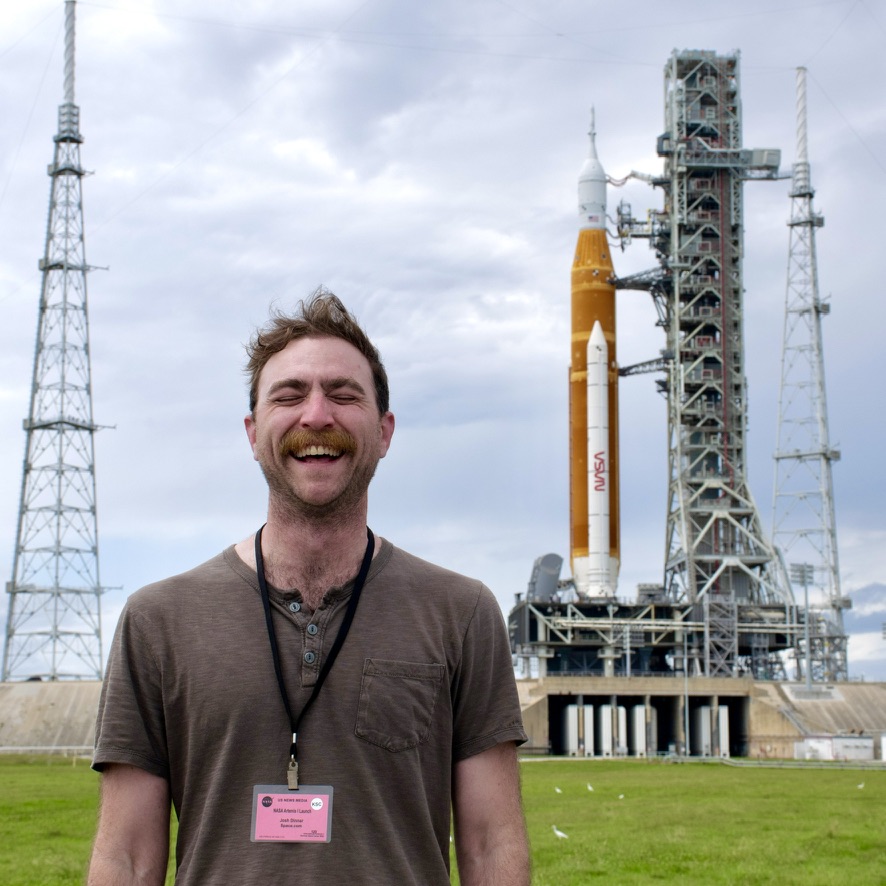
Josh Dinner is the Staff Writer for Spaceflight at Space.com. He is a writer and photographer with a passion for science and space exploration, and has been working the space beat since 2016. Josh has covered the evolution of NASA's commercial spaceflight partnerships and crewed missions from the Space Coast, as well as NASA science missions and more. He also enjoys building 1:144-scale model rockets and human-flown spacecraft. Find some of Josh's launch photography on Instagram and his website, and follow him on X, where he mostly posts in haiku.
You must confirm your public display name before commenting
Please logout and then login again, you will then be prompted to enter your display name.

